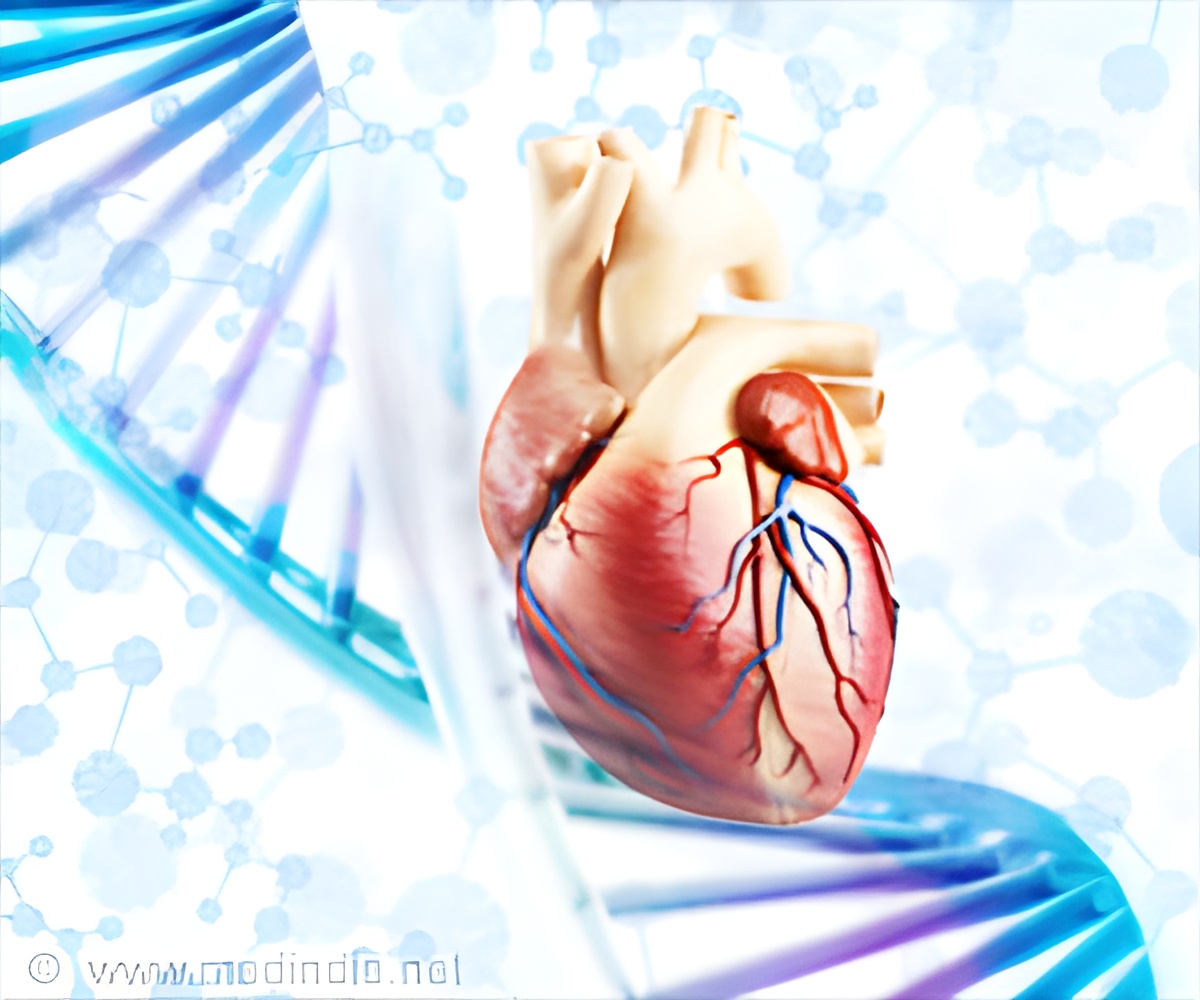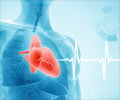
‘An increasing need of recognizing the problem of arrhythmia is required due to constant risk being posed to a number of people with cardiac arrhythmia in India.’
Tweet it Now
The Micra TPS is delivered percutaneously, and does not require the use of leads for implant. The success rates of implant are close to 99% in global trials, and they have also shown 48% lesser complications than traditional pacemakers, when it comes to cardiac pacemaker insertion. Dr. Vanita Arora, says, "Over the last 5 decades, there have been continuous technological advancements in cardiac pacing in India. Pacemakers have decreased in size and increased in functionality and reliability. Their batteries have lasted longer. Micra's radically miniaturized size coupled with its utility in minimally invasive procedures have created a significant wave of interest around the globe and facilitated potential impact on the patients in form of walking out of hospital within 24 hours. This case goes to show that transcatheter pacemakers can make a world of difference in young patients suffering from emergency heart problems, that too, without open-chest surgeries." "In a conventional set up, the pacemaker leads detect the heart's own electrical activity, and transmit this information to the generator. The generator in turn uses that information to decide whether, when, and where to pace the heartbeat.
If one's heart rate becomes too slow, the generator transmits tiny electrical signals, thus stimulating the heart muscles to contract immediately. But here, in leadless pacemakers like Micra, they are placed directly in the heart without the need for creating large surgical pockets and insulated wires. This makes the entire process infection free, simpler and more effective.", added Dr. Arora Natural pacemakers of the heart, on the other hand, become diseased, at times and instead of helping to keep the heart beating in a regular manner, cause adverse clinical manifestations like weakness, dizziness, black out and episodic pauses in heart beats, which requires urgent medical attention.
Due to constant risk being posed to a number of people with cardiac arrhythmia in India, an increasing need of recognizing the problem of arrhythmia is required. There is no age when this medical condition manifests itself and needs to be treated urgently. Sometimes this is predominantly a medical condition of the heart one is born with. The occurring of condition and the medical urgency required is unpredictable.
Cardiac arrhythmia or dysrhythmia is a heart disease in which there is irregularity in heartbeats. Unlike heart attack that can occur with normal heart rate, this condition is characterised by either slow or rapid heart rate.
Advertisement












